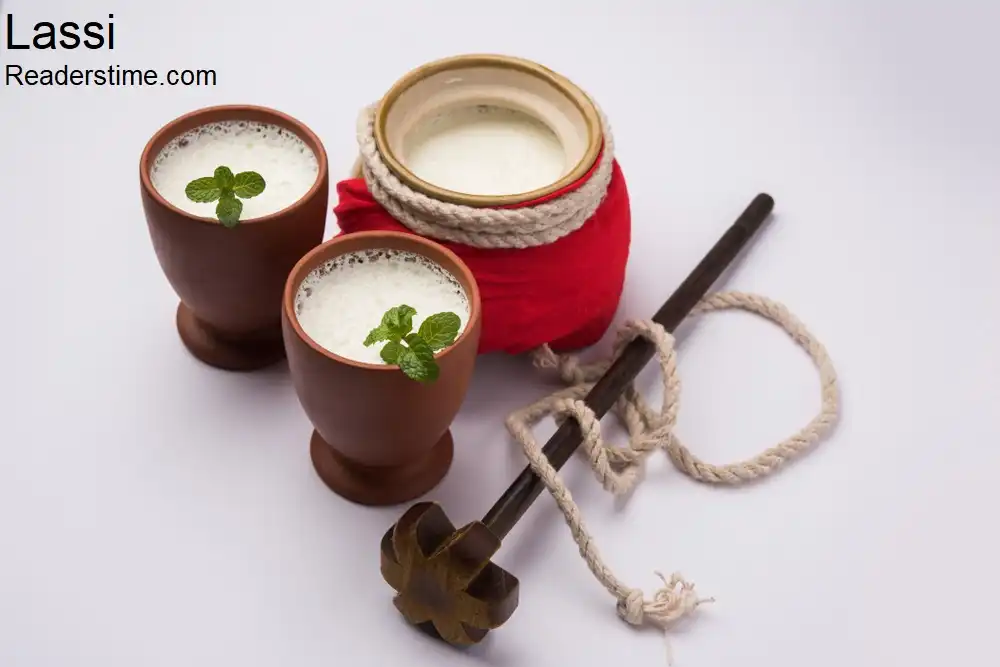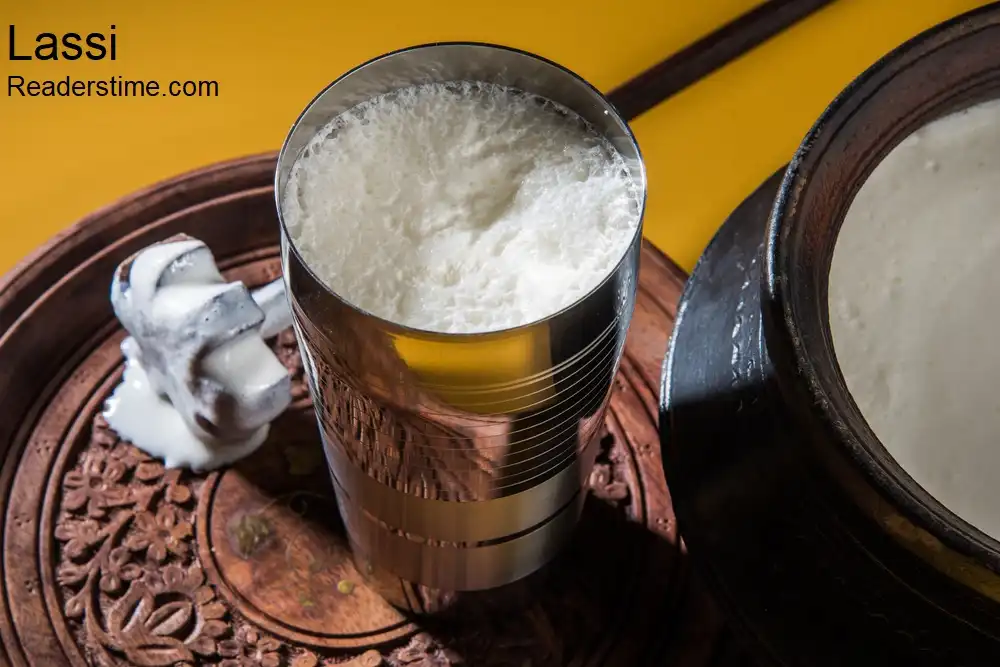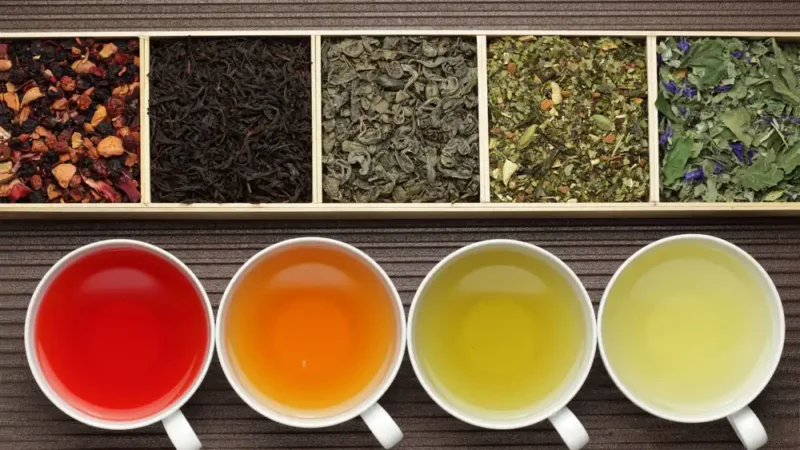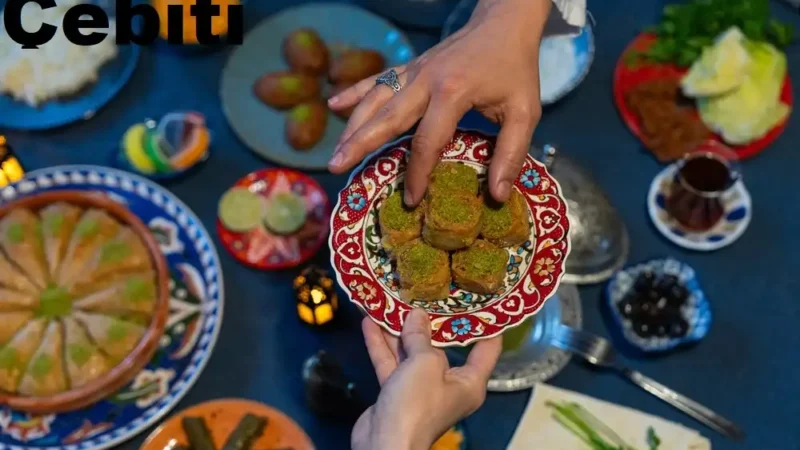Lassi: A Traditional and Refreshing Yogurt-Based Drink

Lassi is a traditional yogurt-based drink originating from the Indian subcontinent. Widely consumed in India, Pakistan, and neighboring countries, lassi is celebrated for its cooling properties, especially in the hot summer months. This versatile beverage can be enjoyed in various forms, ranging from sweet and fruity to salty and spiced, making it a favorite among different palates.
Historical Background

The history of lassi dates back thousands of years, with its roots deeply embedded in the cultural and culinary traditions of the Indian subcontinent. It is believed to have been consumed since the time of the Indus Valley Civilization. Ancient Ayurvedic texts praise lassi for its digestive benefits and its ability to balance the body’s internal systems. Historically, lassi has been a staple in Indian households, not just as a beverage but as a part of religious rituals and social ceremonies. Its preparation and consumption vary widely across different regions, each adding its unique touch to this age-old drink.
Types of Lassi
Lassi comes in several varieties, each with its unique taste and preparation method. The primary types of lassi are:
1. Sweet Lassi
The classic sweet lassi is made by blending yogurt with water, sugar, and sometimes a hint of rose water or cardamom powder. It is creamy, mildly tangy, and sweet, making it a delightful and refreshing drink. Often garnished with a sprinkle of ground cardamom or saffron strands, sweet lassi can also include chopped nuts like almonds and pistachios for added texture and flavor.
2. Salted Lassi
This savory version is made with yogurt, water, and salt, often enhanced with spices like roasted cumin powder, black salt, and fresh herbs such as mint or coriander. In some variations, green chilies, ginger, and garlic may be added for an extra kick. Salted lassi is particularly popular in Punjab and other northern regions of India, where it is enjoyed as a cooling beverage that also aids digestion.
3. Mango Lassi

Mango lassi is a global favorite, especially in Indian restaurants around the world. It is prepared by blending yogurt with ripe mango pulp, sugar, and sometimes milk or water. The result is a thick, creamy, and luscious drink that balances the sweetness of mango with the tanginess of yogurt. This version of lassi is often garnished with a drizzle of honey or a sprinkle of saffron.
4. Bhang Lassi
A traditional drink consumed during the festival of Holi, bhang lassi is made by adding bhang (a preparation of cannabis leaves and flowers) to the basic lassi mixture. It is known for its intoxicating effects and is consumed in moderation during celebrations. Bhang lassi is typically prepared with various spices and nuts, creating a rich and potent beverage that has a long history in religious and cultural contexts.
Health Benefits
Lassi is not only delicious but also packed with numerous health benefits, thanks to its primary ingredient, yogurt. Here are some of the key health benefits of consuming lassi:
1. Digestive Aid
Lassi is a probiotic drink that promotes gut health by aiding digestion and preventing issues like bloating and constipation. The beneficial bacteria in yogurt help maintain a healthy balance of gut flora, improving overall digestive health.
2. Cooling Effect
Lassi is known for its cooling properties, making it an ideal drink during hot weather. It helps in lowering the body temperature and preventing heat-related ailments. The hydration it provides also helps maintain electrolyte balance in the body.
3. Rich in Nutrients
Lassi is a good source of essential nutrients like calcium, protein, and vitamins, which are crucial for maintaining strong bones, muscles, and overall health. The yogurt used in lassi contains B vitamins, which are important for energy production and cell metabolism.
4. Hydration
The high water content in lassi helps keep the body hydrated, which is especially important in regions with scorching temperatures. Hydration is essential for maintaining bodily functions and preventing dehydration.
5. Boosts Immunity
The probiotics in lassi enhance the immune system by promoting the growth of healthy bacteria in the gut, which play a vital role in defending against infections. A healthy gut microbiome is linked to improved immunity and better overall health.
6. Weight Management
Lassi is a low-calorie beverage that can help in weight management. The protein content in yogurt helps in keeping you full for a longer time, reducing overall calorie intake.
How to Make Lassi at Home
Making lassi at home is simple and requires only a few ingredients. Here are detailed recipes for sweet and mango lassi:

Sweet Lassi Recipe
Ingredients
– 1 cup plain yogurt (preferably full-fat for a richer taste)
– 1/2 cup cold water
– 2 tablespoons sugar (adjust to taste)
– A pinch of salt
– A few drops of rose water or a pinch of cardamom powder (optional)
– Ice cubes (optional)
– Chopped nuts (almonds, pistachios) for garnish (optional)
Instructions
1. In a blender, combine the yogurt, water, sugar, and salt.
2. Blend until smooth and frothy.
3. Add rose water or cardamom powder if desired, and blend again briefly.
4. Pour the lassi into glasses, add ice cubes if using, and serve chilled.
5. Garnish with chopped nuts if desired.
Mango Lassi Recipe
Ingredients
– 1 cup plain yogurt
– 1/2 cup mango pulp (fresh or canned)
– 1/4 cup cold water or milk
– 2 tablespoons sugar (adjust to taste)
– Ice cubes (optional)
– A drizzle of honey or saffron strands for garnish (optional)
Instructions
1. In a blender, combine the yogurt, mango pulp, water or milk, and sugar.
2. Blend until smooth and creamy.
3. Pour the mango lassi into glasses, add ice cubes if using, and serve chilled.
4. Garnish with a drizzle of honey or saffron strands if desired.
Cultural Significance
Lassi holds a significant place in the culinary traditions of India and Pakistan. It is often served to guests as a gesture of hospitality and is a common accompaniment to meals. In Punjab, a meal is considered incomplete without a tall glass of lassi. During festivals like Holi and Diwali, lassi is often prepared in large quantities and shared among family and friends. The preparation and consumption of lassi are also seen as a symbol of togetherness and celebration.
Lassi is also integral to various rituals and religious practices. In some Hindu traditions, lassi is offered to deities during pujas and rituals. Its cooling properties make it a preferred drink during fasting periods, helping maintain hydration and energy levels.
End Words
Lassi stands as a testament to the rich cultural and culinary heritage of the Indian subcontinent. This traditional yogurt-based beverage, enjoyed in myriad forms, from sweet and fruity to salty and spiced, offers a refreshing respite during the scorching summer months. With a history that stretches back thousands of years, lassi has been celebrated not only for its delightful taste but also for its numerous health benefits. Its probiotic properties promote digestive health, while its cooling effect makes it an ideal choice in hot climates. Rich in essential nutrients like calcium, protein, and vitamins, lassi supports overall well-being and hydration.
Beyond its nutritional value, lassi’s cultural significance is profound, symbolizing hospitality, togetherness, and celebration. Whether served to guests, enjoyed during meals, or shared during festivals like Holi and Diwali, lassi remains a cherished part of social and religious traditions. Its simplicity in preparation and the diversity of its flavors ensure that lassi continues to be a beloved drink, connecting generations and regions through its enduring appeal. As both a comforting daily drink and a festive treat, lassi embodies the essence of warmth, community, and health.






